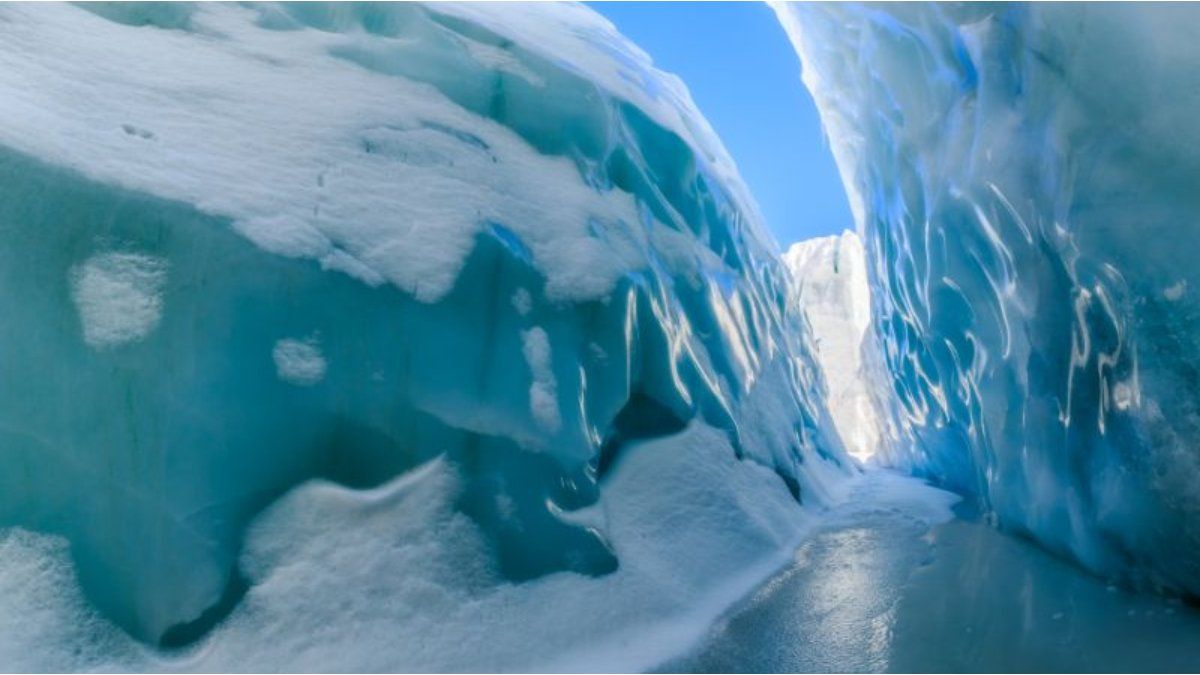A group of researchers and scientists They found more than 1,700 viruses preserved in ice more than a century ago 40,000 yearsfrozen in the Guliya Glacier on the Tibetan Plateau, whose existence was unknown until now.
The study was published this Monday, August 26, in the Nature Geoscience journaland revealed an amount unthinkable of information about viruses and microorganisms. This discovery of viruses trapped in ice during millenniaallows the study and analysis of what the climate and the ecological history of the Earth.
Lonnie Thompsonthe glaciologist and paleoclimatologist who led the expedition, determined that these microorganisms were preserved in the glacier as a time capsule and allowed them to study the life forms that remained unchanged for thousands of years.
Guliya glacier (1).png
More than 70% of the viruses found were unique and only found in the Guliya Glacier.
The research It is a great celebration for researchers, as it provides fundamental data to understand how microbial communities were responding to climate changes throughout history. Scientists observed that viruses can shape the ecological metabolism of an ecosystem by affecting the absorption and production of the environment.
He co-author lead author of the study and a microbiologist at Ohio State University, Matthew Sullivanstressed the importance of these data to question new Questions on the evolution of the Earth and thus reconstruct ecological histories hidden in other parts of the world.
The impact they can produce goes beyond the fact of being able to cause diseases, but also the ability to alter the structure and the functioning of the ecosystems. More of the 70% of the viruses found were unique and were only found in the Guliya glacier; only the 12% of the total number of viruses are known outside Asiaand less than 1% have been documented in environments no glaciers.
Lonnie Thompson and Matthew Sullivan.png

Lonnie Thompson, a glaciologist, and Matthew Sullivan, a microbiologist, are the authors of the report.
Sullivan He explained that during the periods cold from the past, the virus of the glacier tended to show a composition similar but not identical. In contrast, during the periods warm As occurred about 11,500 years ago during the transition from the last Glacial Stage to the Holocene, the viral community was more diverse and different from the rest.
This bond between the climate and viruses, it shows the power transformer of the environment on life microscopic and highlights the importance of understanding how these microorganisms have historically responded to the climatic variationsa key piece of information for predicting future responses, according to report co-author Lonnie Thompson.
How glaciers preserve genetic information
The glaciers They have a unique ability to preserve and store genetic data and biotic material, which have become deposits crucial to the Earth’s climatic and ecological history.
The ice layers stored in the Guliyaact as a natural file retaining dust particles, pollen, air bubbles, and a wide variety of viruses and other microorganisms. However, the accelerated melts of glaciers worldwide, put at risk the preservation of these natural data banks.
Lonnie Thompson, Matthew Sullivan and the rest of his equipmenthave this urgency in mind and have begun to collect and analyze quickly as many ice cores as possible, before they disappear and the valuable treasure that preserve.
Source: Ambito




